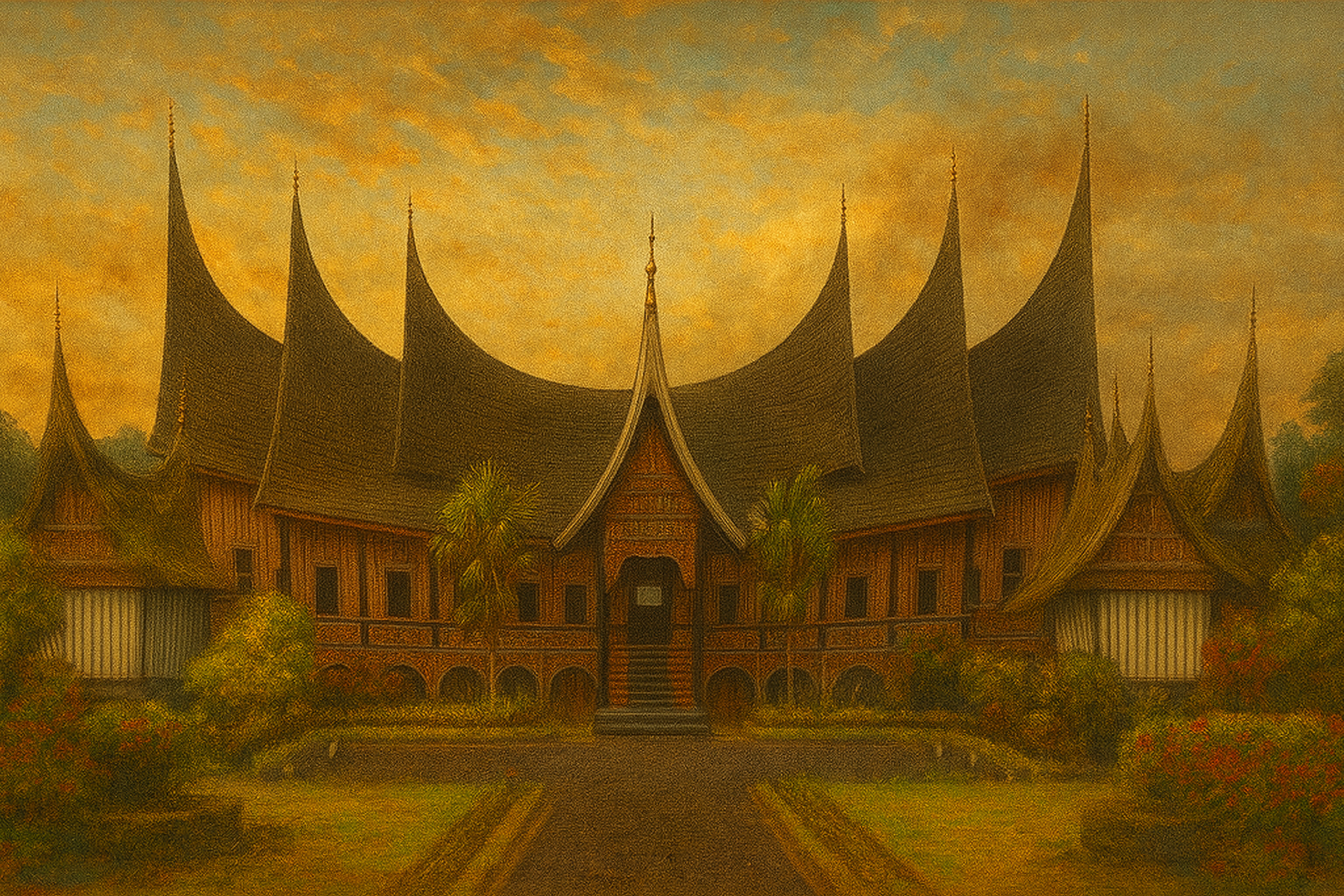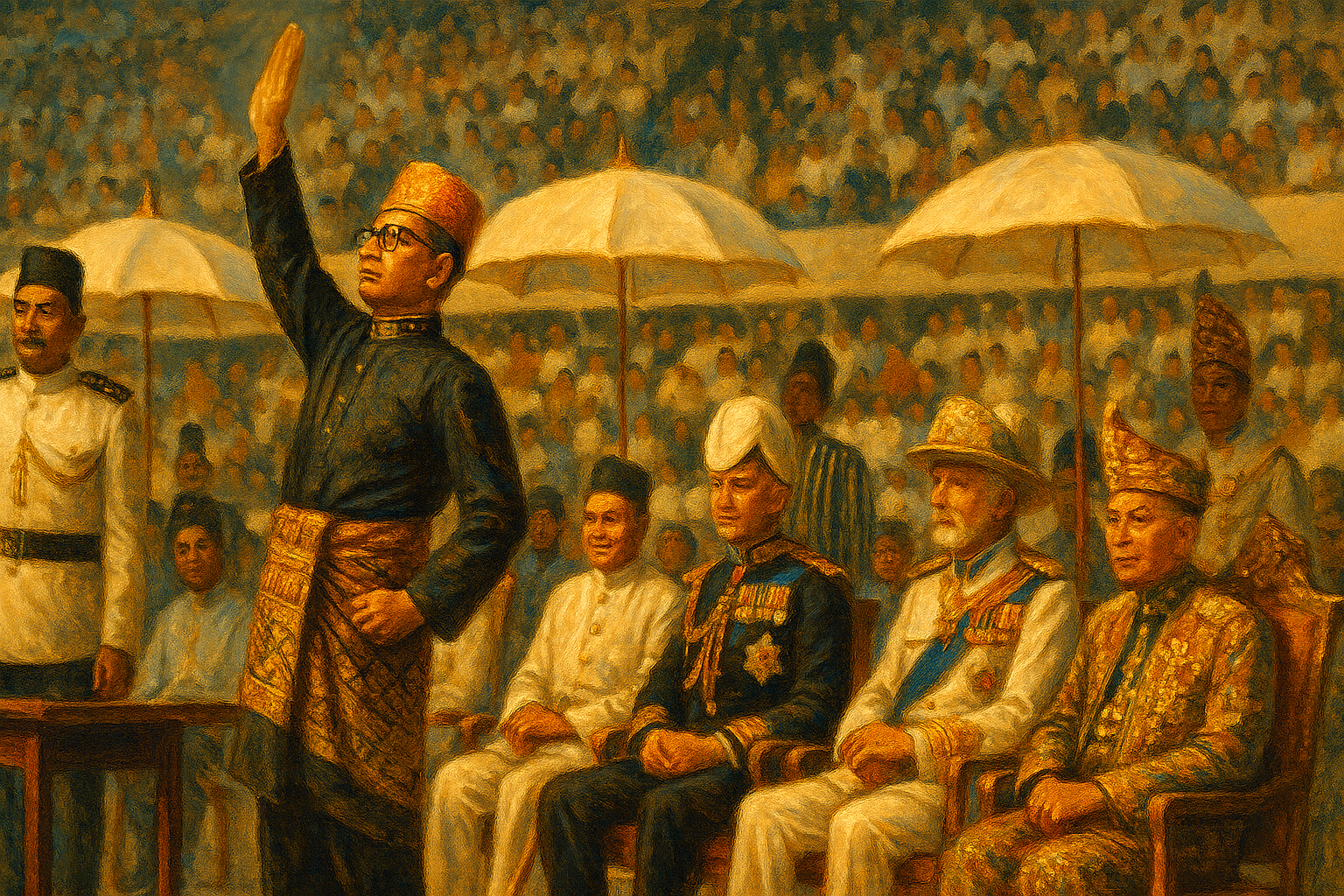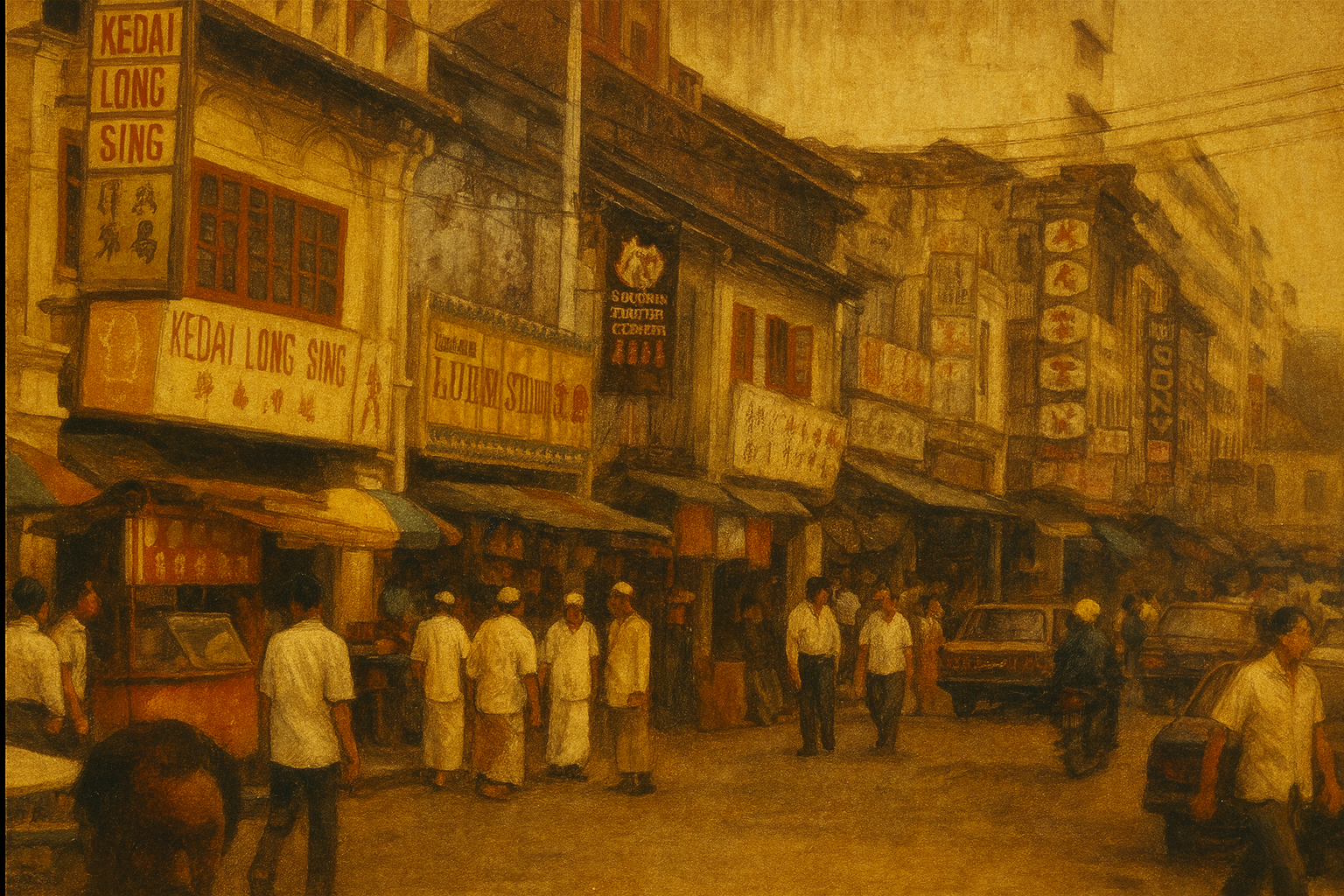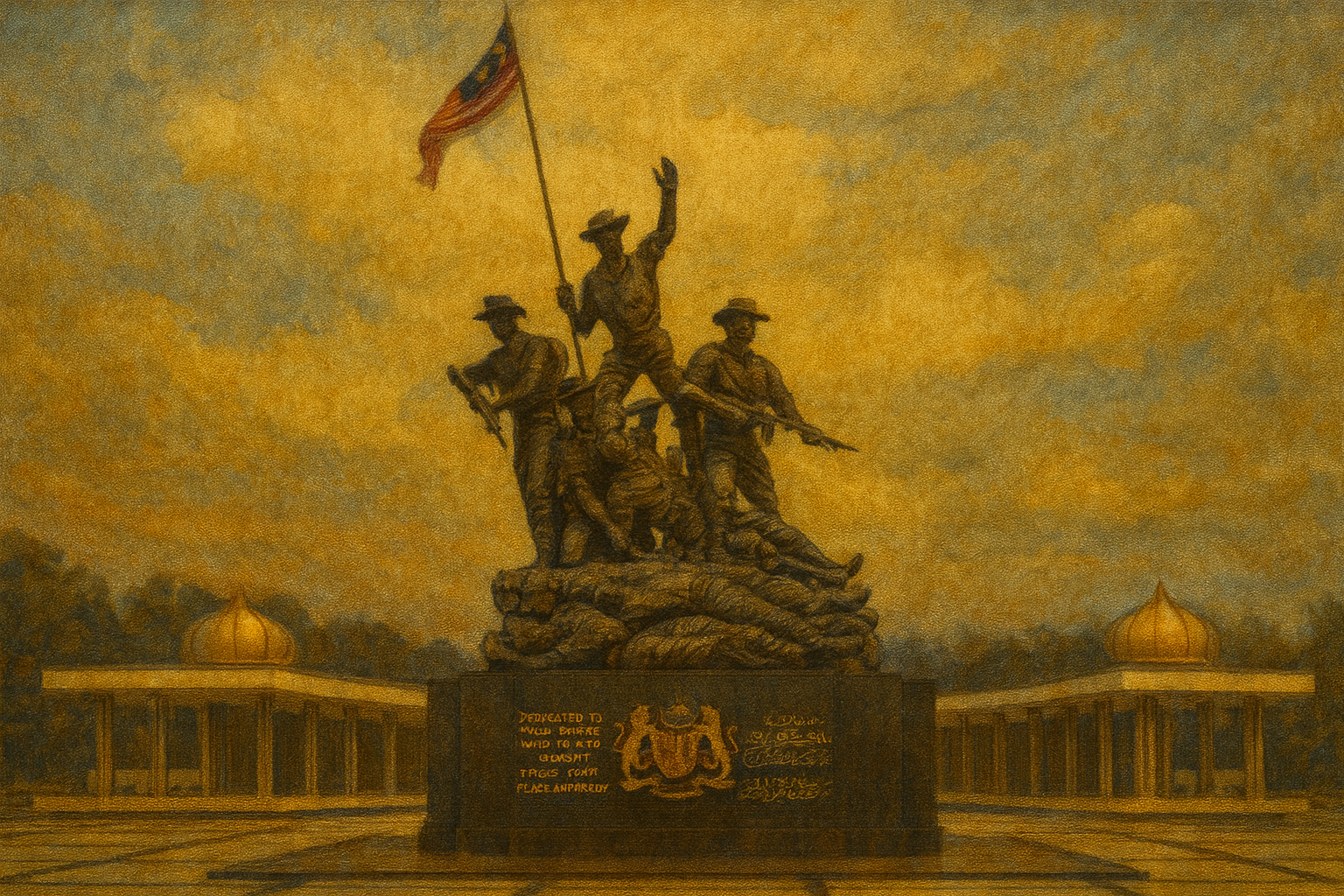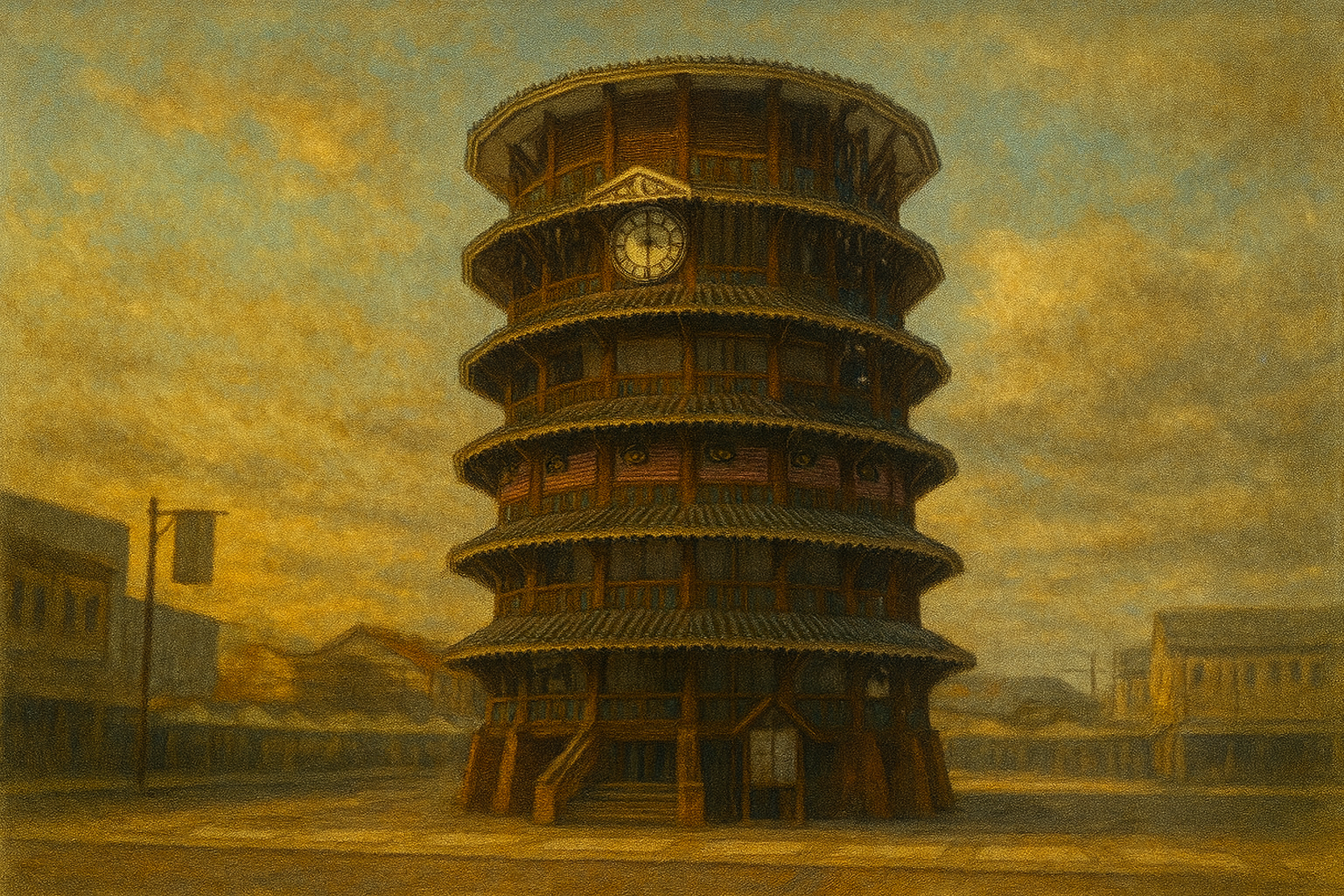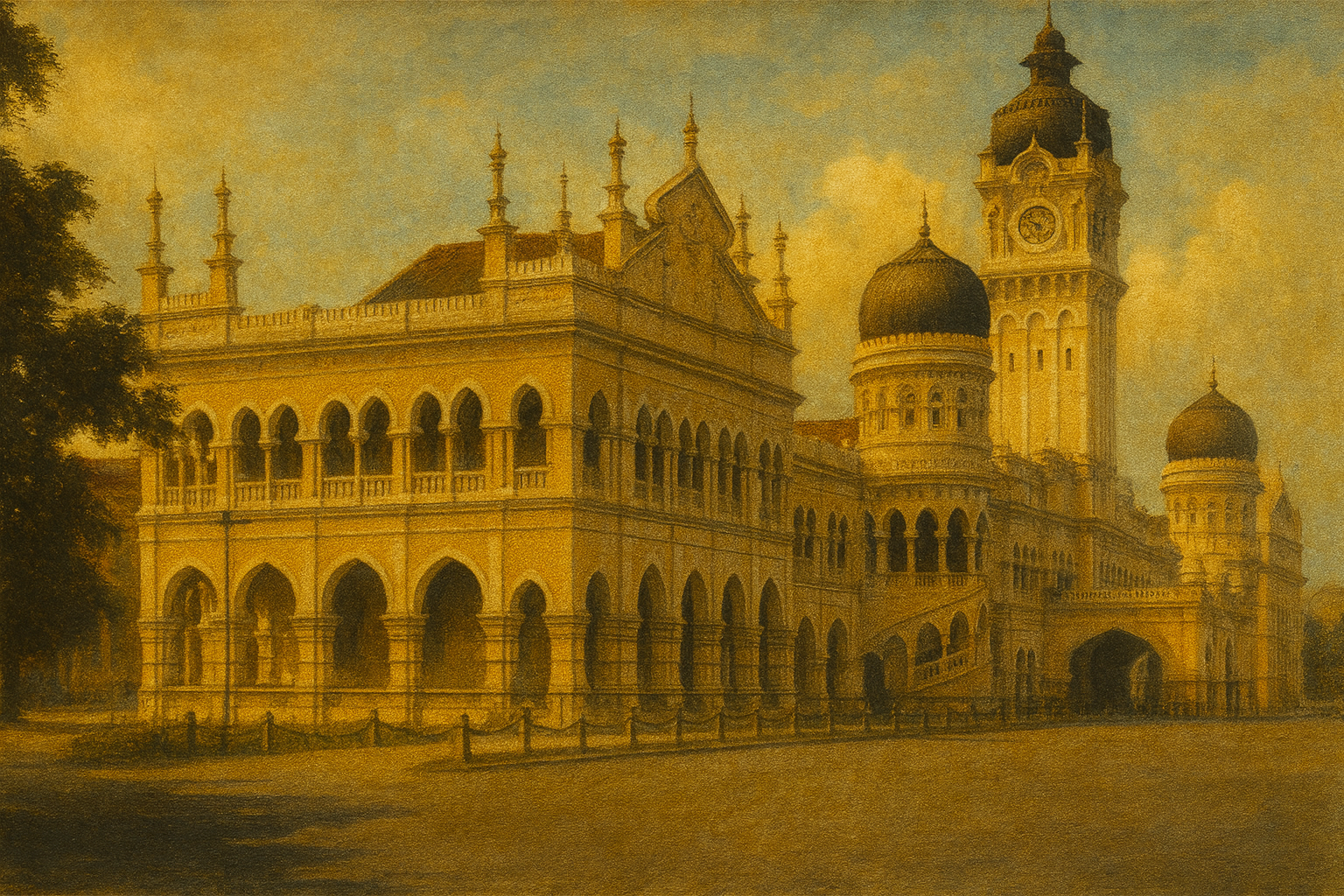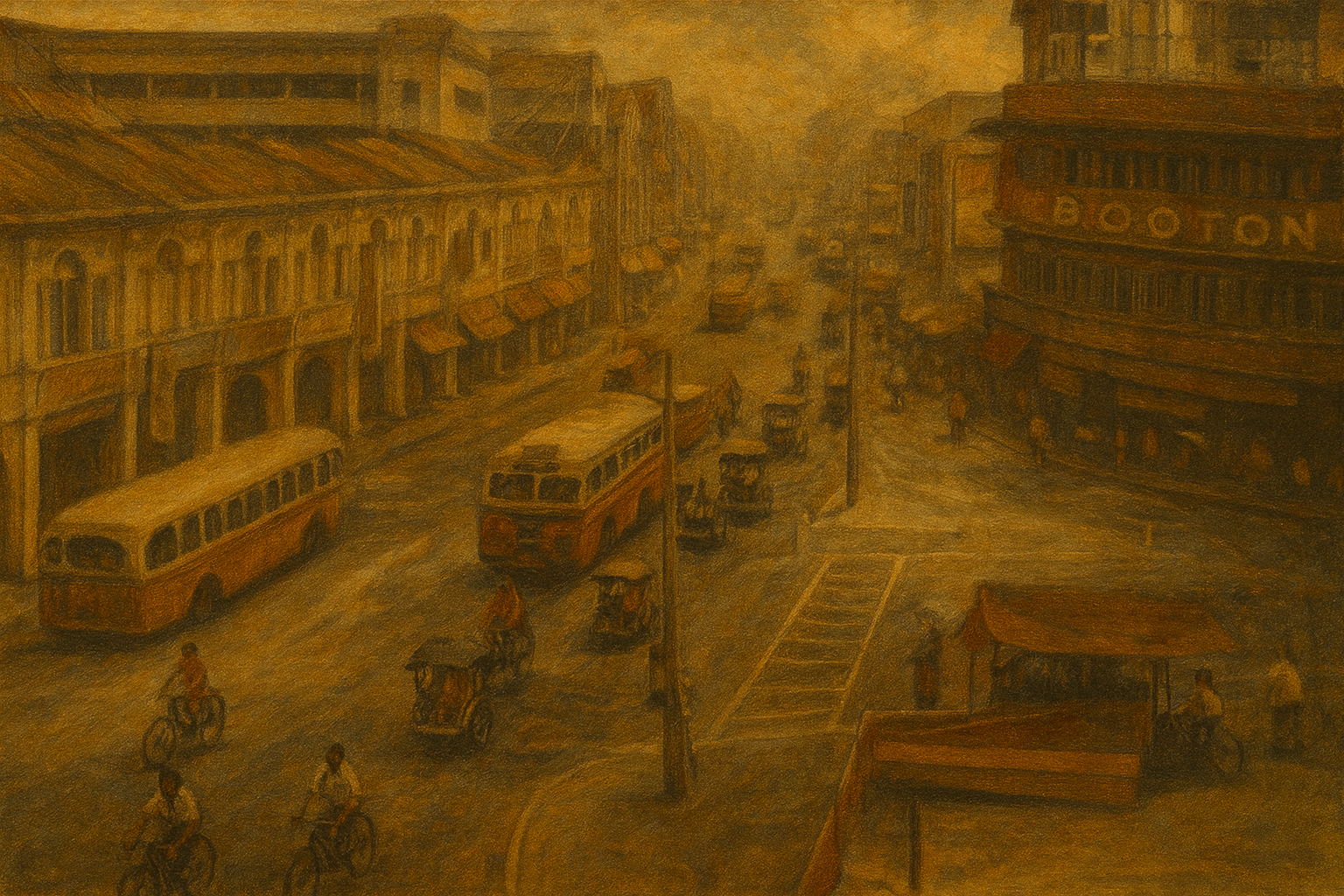1988

| Currency Rate to USD | 2.62 |
| GDP Per Capita (USD) | 2135 |
| Population (millions) | 16.8 |
| Nasi Lemak Price | RM0.50 |
| Teh Tarik Price | RM0.30 |
| Urban Population Percentage | 47.8% |
New Economic Policy Era
After racial riots in 1969, the government launched the NEP to reduce poverty and economic disparity, especially among Malays and indigenous folks.
Mahathir Era
Mahathir Mohamad’s long premiership brought ambitious modernisation: highways, skyscrapers (yes, Petronas Twin Towers), national car (Proton), new administrative centres.
Cold War
After WWII, the world splits into blocs—capitalist West led by U.S., communist East led by USSR. People everywhere feel the pressure: fear of nuclear annihilation, propaganda, ideological influence in media and education, proxy wars in Asia, Africa and Latin America.
High Court declares UMNO an illegal organisation
In a landmark ruling on 4 February 1988, the Kuala Lumpur High Court declared the United Malays National Organisation (UMNO), Malaysia's dominant political party, an unlawful society due to unregistered branches, nullifying its 1987 elections and sparking a constitutional crisis that reshaped the nation's judiciary and political landscape.

Formation of UMNO Baru (1988)
The formation of UMNO Baru in February 1988 was a critical development in Malaysian politics, stemming from internal conflicts within the United Malays National Organisation (UMNO) and contributing to the 1988 constitutional crisis.

Ipoh Granted City Status in 1988
On 27 May 1988, Ipoh, the capital of Perak state in Malaysia, was officially granted city status by Sultan Azlan Shah, elevating it from municipal to full city governance and symbolizing its resurgence as a modern urban center after the decline of its tin mining industry.

Completion of Sultan Salahuddin Abdul Aziz Mosque
The completion of the Sultan Salahuddin Abdul Aziz Shah Mosque in 1988 marked a significant achievement in Malaysia's architectural and cultural development, establishing it as the state's largest mosque and a symbol of Selangor's modernization and Islamic heritage.
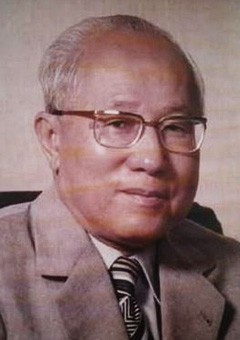
Death of Tun Tan Siew Sin
Tun Tan Siew Sin, Malaysia's longest-serving Finance Minister and a key leader of the Malaysian Chinese Association (MCA), passed away on 17 March 1988 in Kuala Lumpur at the age of 71.

End of the 1988 Malaysian Constitutional Crisis
The 1988 Malaysian constitutional crisis concluded in October 1988 with the dismissal of Lord President Tun Salleh Abas and other key judges, marking a decisive victory for Prime Minister Mahathir Mohamad's executive branch and significantly weakening judicial independence in Malaysia.

Opening of the Sultan Ismail Power Station
The opening of the Sultan Ismail Power Station in 1988 marked a significant milestone in Malaysia's energy sector, as the country's first gas-fired power plant with a capacity of 1,150 MW, enhancing electricity supply to Terengganu, Kelantan, and Pahang while supporting national industrialization.

Sultan Abdul Halim Ferry Terminal Bridge Collapse
On 31 July 1988, the upper pedestrian level of the Sultan Abdul Halim Ferry Terminal bridge in Butterworth, Penang, Malaysia, collapsed due to overcrowding from cultural festivals, killing 32 people and injuring 1,674 others in one of the country's worst infrastructure disasters.

Kuching Granted City Status
On 1 August 1988, Kuching, the capital of Sarawak in Malaysia, was elevated to city status by the federal government, becoming the fourth city in the country and the first in East Malaysia, marking a significant step in its urban and administrative development.

Sarawak's 25th Anniversary of Formation within Malaysia
On 16 September 1988, Sarawak celebrated the 25th anniversary of its formation within the Federation of Malaysia, marking a milestone in the state's integration since the Malaysia Agreement took effect in 1963.
